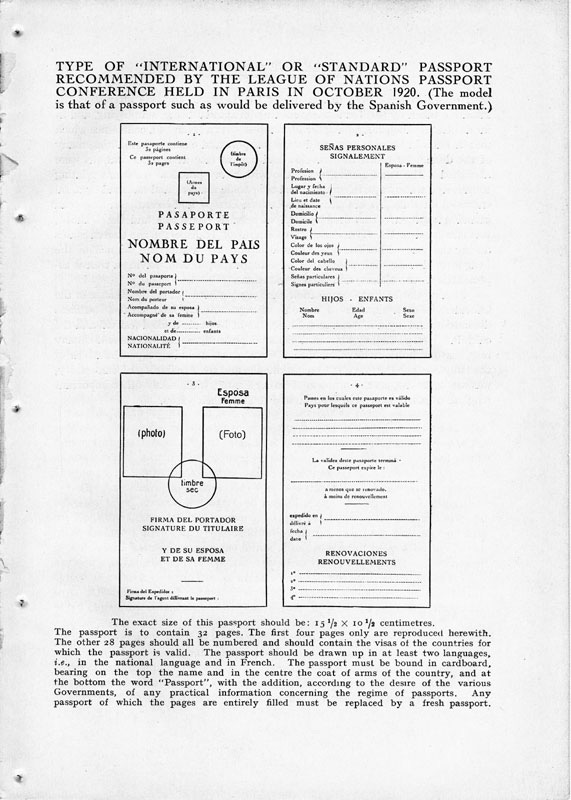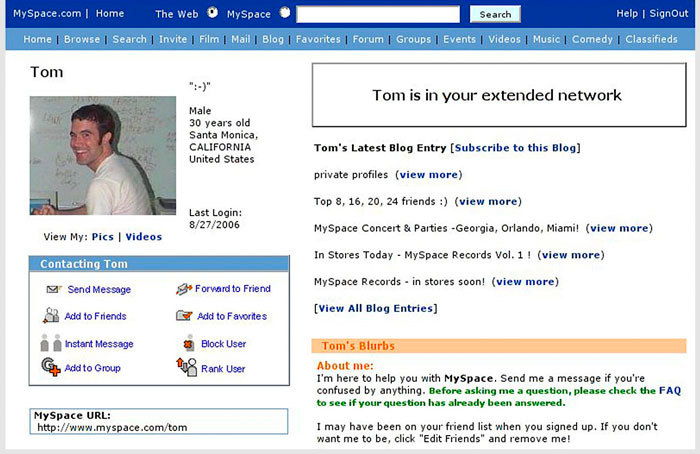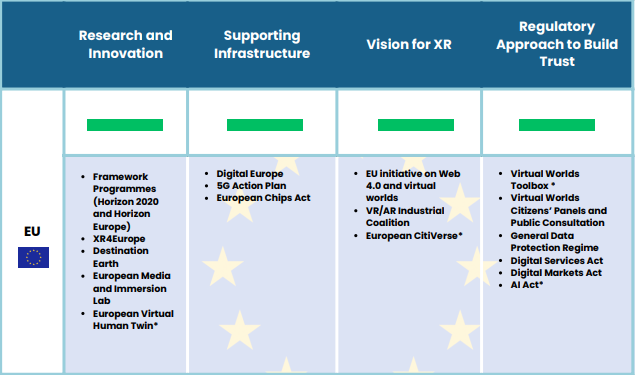To escape the states of nature, society has forever needed tools to identify people and their assets. Technological advances provide new means and reasons to do so.
Analogue Identity (BC—present day)
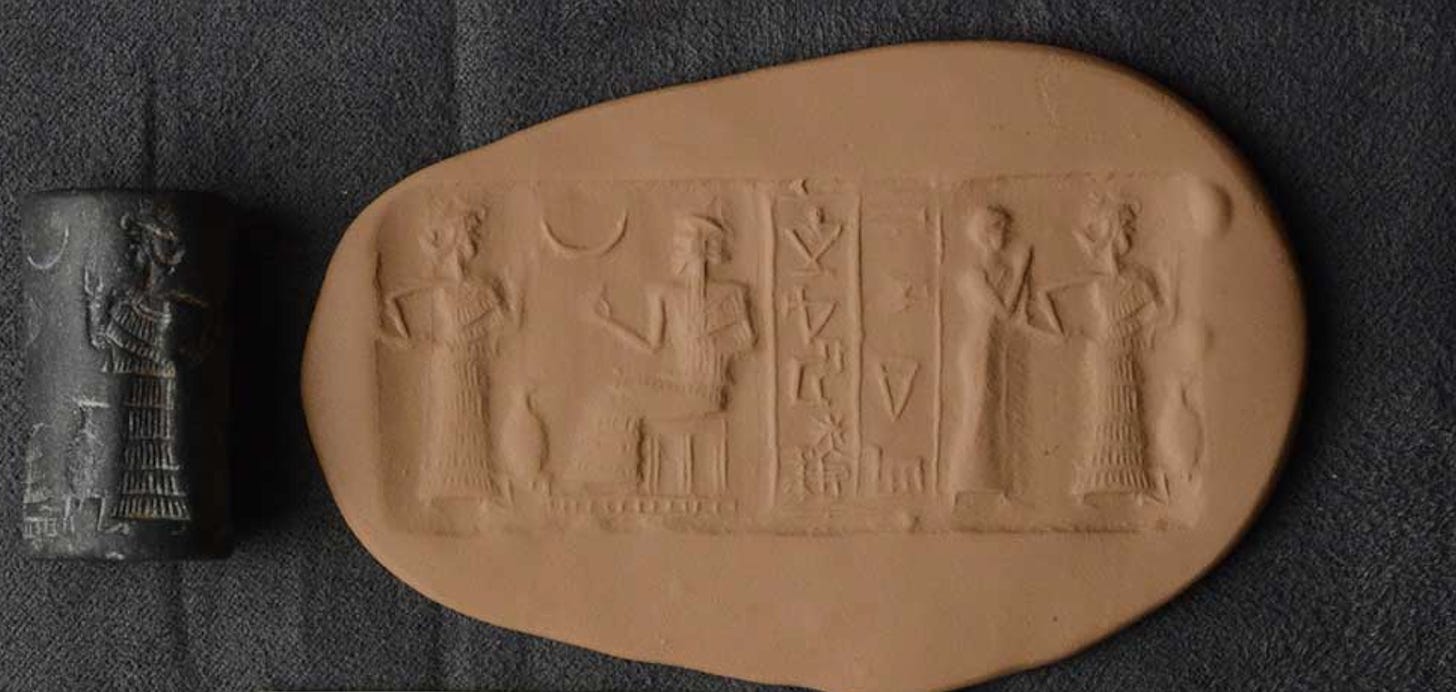
Ancient civilians used physical markers, hieroglyphs and seals to validate people. Tokens such as terrera (found in modern Syria) helped citizens claim resources.
Folks seeking passage needed to identify themselves—as early as 400 BC, according to the book of Nehemiah, a traveller asked, “If it pleases the king, let him give me letters for the governors of Trans-Euphrates [Western Asia] that will enable me to pass through until I arrive in Judah.”
Feudal systems in medieval Europe demanded new means for individuals to establish land ownership and track property rights. Centuries later, a globalised world needed new tools to identify travelling citizens. In 1920, the League of Nations provided a template for an interoperable travel document, the passport:
Successive industrial revolutions and two World Wars drove a more significant demand for identification tools to validate trade, classify officials, and distribute public services.
Digital Identity (1980s—)
Computers changed the game. Analogue records were digitalised (the UN released standards for “machine-readable” passports in 1980); other IDs were entirely novel: online bulletin boards birthed the “username,” web surfers could use to establish online personas.
More powerful computers made Massively Multiplayer Online Games possible. Players traversed virtual worlds, expressing themselves through customised avatars (the most popular, World of Warcraft, boasted 9 million users.)
Shortly after, users began to volunteer more personal information through social media websites. The moves of retail, banking, and entertainment sectors online prompted the development of digital identity tools.
Mobile phone technology brought more secure ways to identify users—two-factor authentication, fingerprint scanning, and facial recognition—and more creative ways for people to present themselves (think Snapchat’s filters and Apple’s Memoji.)
Governments began using digital IDs to make civil life more convenient. Estonia introduced its “eID” over 20 years ago (over 98% of Estonia’s population actively uses it.)
From around 2026, the EU will mandate a cross-bloc digital identity—accessible through mobile apps—citizens can use to access public services, bank online, fulfil tax returns, apply for education, verify age, and prove driving credentials.
… Metaverse Identity?
There are at least three reasons people identify themselves: to verify who they are, to present themselves expressively, and to have their credentials recognised. Metaverse technology imposes new considerations for each.
1. Verification
Confirming individuals has become more secure and convenient, from Personal Identification Numbers (PINs) to fingerprint technology to facial recognition.
Emerging virtual spaces require new tools to verify individuals; new immersive devices can provide them. Apple’s “Optic ID,” a feature of its Vision Pro headset, will set a new standard using iris scanning to verify users’ device access and payments.
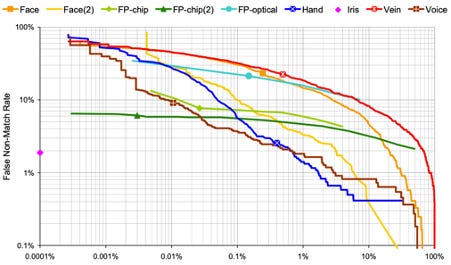
The principal risks with verifying individuals are privacy—who gets to keep their data, how is it used?— and cybersecurity. Criminals already use AI to steal others’ identities and scam victims; immersive hustles may be yet more compelling.
One accessibility challenge is to ensure metaverse identity tools are affordable and equitable. Italians charge their citizens €124 for a passport; Spaniards just €30. The power of passports also varies greatly: Afghanistan passports grant visa-free access to 6 countries, compared to Singapore’s 136.
2. Presentation
Individuals have long distinguished themselves visually through language, crests, colours, and flags, providing a vehicle to reveal or conceal views, express creativity, signal group belonging, and include or exclude others.
Digital personas, unbound by the laws of physical reality, enable new creative expressions. But those resistant to fantastical avatars will soon be able to create a hyperrealistic version. For example, using Meta’s Codec Avatars:
The aversion to cartoonish avatars may be short-lived, like the initial hostility to communicating through emojis and GIFs. If not, such avatars will remain limited to gaming, creative or social environments.
But the ability to create ever-personal avatars brings the risk of nonconsensual use. To the surprise of many, the European Parliament recently floated the concept of ‘avatar rights’, and at a recent assembly, EU citizens asked, Do avatars die?
While Abba recently signed off their likeness to allow their ‘Abbatars’ to go on tour, Tom Cruise probably didn’t sign off his doppelganger’s TikTok career. Who will pay for the defamation if fake Tom Cruises commits hate crimes in virtual spaces? How will the scourge of deepfake pornography be curbed in immersive virtual worlds?
What about deceased people? Van Gogh’s estate probably greenlit his AI avatar, giving away the personal manuscripts it trained on. Will people today decide the fate of their loved ones’ avatars? Who will inherit expensive digital attire? The topic of likeness rights will soon beg ethical and commercial—if not legal—questions.
While the metaverse may spawn cohorts of avatars that are more inclusive than in current online spaces, avatars can also exacerbate underrepresentation or damaging stereotypes.
And what of those who hide their identity? Users have long valued anonymity; for instance, activists who mask themselves to evade authoritarians. But anonymity is also abused by trolls and nefarious actors who feel empowered to spread harmful content. This content will be more dangerous in immersive virtual environments.
3. Recognition
Identity tools, like licenses, badges, titles, and uniforms, helpfully recognise the credentials of the military, doctors, retail employees, and security personnel.
In an interactive virtual environment, it will be equally necessary to recognise colleagues, classmates, and business partners.
Metaverse technologies like digital twins may eventually recognise novel features. The European Commission recently granted €5 million to the Ecosystem for Digital Twins in Healthcare to develop a” fully integrated multi-scale and multi-organ whole-body twin” and build a simulation platform to test healthcare solutions.
However, sharing credentials data comes with risks. Citizens do not want police accessing their health records or financial data. For this reason, one of the Estonian eID system's principles is decentralisation: a data-governance model that does not rely on a central authority.
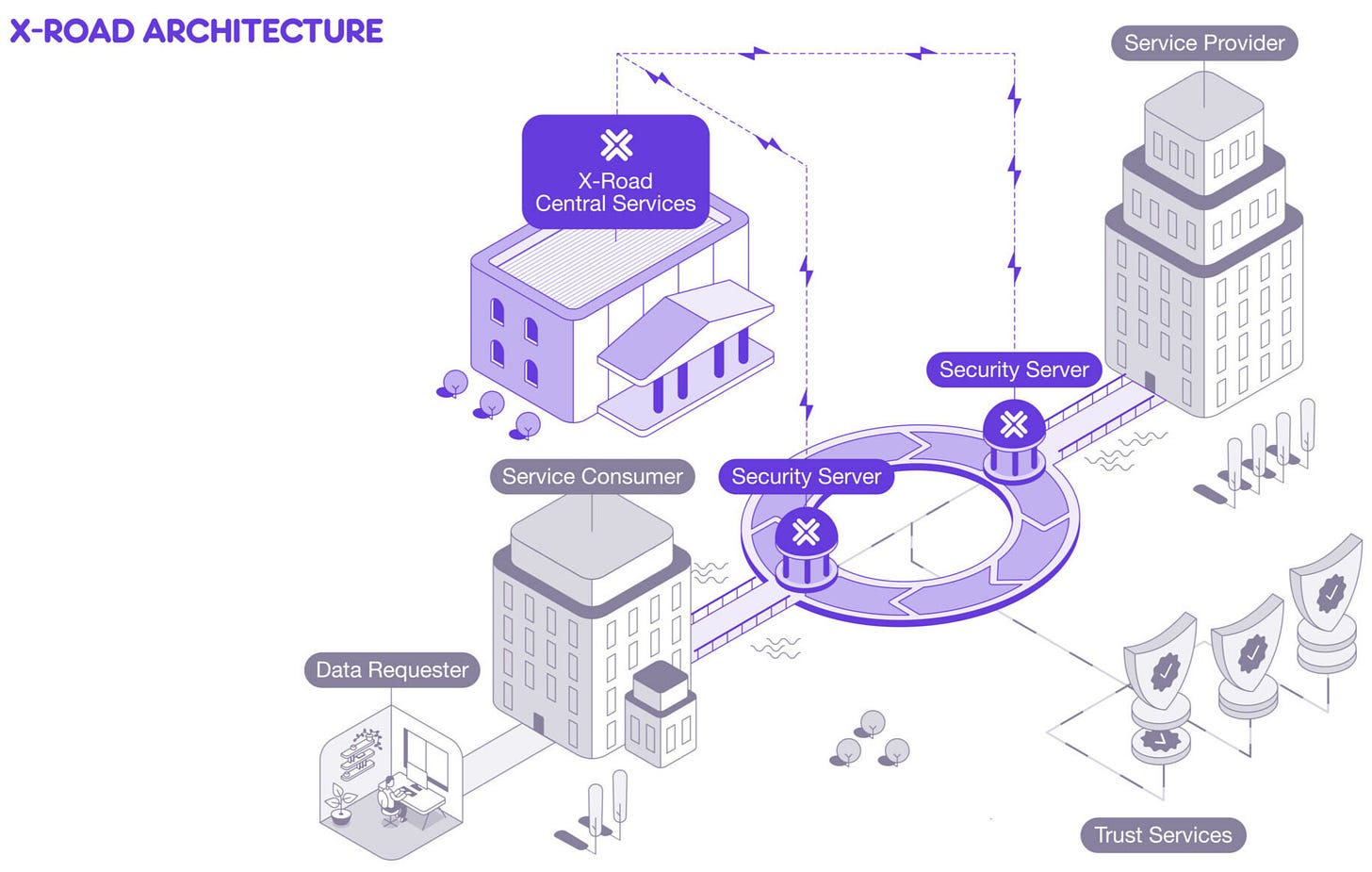
For identity data to be shared across borders and domains, interoperability—the ability of different systems to share data— is critical. Metaverse identity systems will be complex, with many points of failure. To be trusted, how credentials are administered and recognised must also be transparent.
Into the EU metaverse…
Policy
European Parliament
The Internal Market and Consumer Protection Committee reached a compromise on their amendments. The report will be voted on 28 November. Key updates:
The EU should reduce technological dependencies on non-EU countries.
Virtual worlds pose risks across mental health, competition, data, and consumer protection, especially for vulnerable groups… more research is needed to address these challenges and monitor the preparedness of forthcoming legislation.
“Virtual worlds” is a tricky concept to define, and there is insufficient national coordination.
The Commission should assess whether the EU’s infrastructure is ready to support the development of virtual worlds.
European Commission
The European Commission adopted its recommendation of a list of ten critical technology areas for the EU’s economic security. “Virtual Reality” is featured under ‘digital technologies.’
DG CNECT, the Commission’s tech ministry, held an event on virtual worlds that emphasised the importance of the citizens' panel, public values, blending physical and virtual worlds, green virtual twins, and healthcare.
The Commission’s Joint Research Centre hosted an event presenting its work on virtual worlds and published a bespoke web page.
Metaverse Movers: Alexandros Vigkos, formerly of Ecorys, is moving to the European Commission as a Policy Officer on their Virtual Worlds and Web 4.0 initiative.
Elsewhere
🇫🇮 Finland confirmed it will announce its metaverse strategy on 29 November.
🇩🇪 The Centre for European Policy published its analysis of the EU’s virtual worlds strategy, praising its proactive approach but lamenting its confusing terminology and omissions around competition policy and funding gaps.
🇺🇸 The XR Association, a global industry body, published a landmark report analysing XR policy in key markets. The EU scored well:
Business
🇦🇹 AWE EU, an XR industry conference, took place in Vienna. Recaps for Day 1 & 2.
🇪🇺 EU-funded consortium CORTEX2 launched a €3 million fund to provide use cases for its eXtended Reality platform.
🇩🇰 Nord-Space Aps partnered with XRHealth and HTC VIVE to bring a VR initiative for astronauts’ mental health. Andreas Mogensen will be the first to don VR in space.
🇫🇮 Nokia Technology Strategy 2030 forecasted digital twins will be worth $6 billion by 2026, and metaverse traffic will account for 495.2 exabytes of data/month by 2030.
🇫🇮 Nokia partnered with Hololight, an eXtended Reality (XR) software company, to explore and deliver low-latency XR services.
🇩🇪 Siemens is partnering with Microsoft on its Industrial Copilot to bring generative AI to its production, engineering and support operations.
🇫🇷 Dassault Systèmes introduced “Emma Twin,” an AI avatar that will raise awareness about the importance of virtual twins to advance innovations in healthcare.
🇦🇹 Captic, a metaverse solutions provider, was awarded an ISO Certificate (the gold standard for information management security.)
🇪🇸 Researchers at the University of Malaga introduced “Open Twins,” an open-source platform to build digital twins.
🇩🇰 LEGO teased Bricktales, its upcoming virtual- and mixed-reality game:
Events
Partnership announcement! We are delighted to work with Immersive Tech Week (28 Nov-1 Dec) this year, presented by the VRDays Foundation in the buzzing city of Rotterdam, with key XR and AI experts.
Readers get a 50% discount with the code ‘MetaverseEU50’. Get your tickets here
Conferences
28 Nov – 1 Dec Immersive Tech Week (Rotterdam 🇳🇱)
29 Nov Match XR 2023 (Helsinki 🇫🇮)
30 Nov The 7th International VR Awards (Rotterdam 🇳🇱)
2024
26 Feb – 29 Feb Mobile World Capital Barcelona (Barcelona 🇪🇸)
10 Apr – 14 Apr Laval Virtual (Laval 🇫🇷)
8 May ARVR Innovate Conference (Dublin 🇮🇪)
Poster image AI-generated using Adobe Firefly



